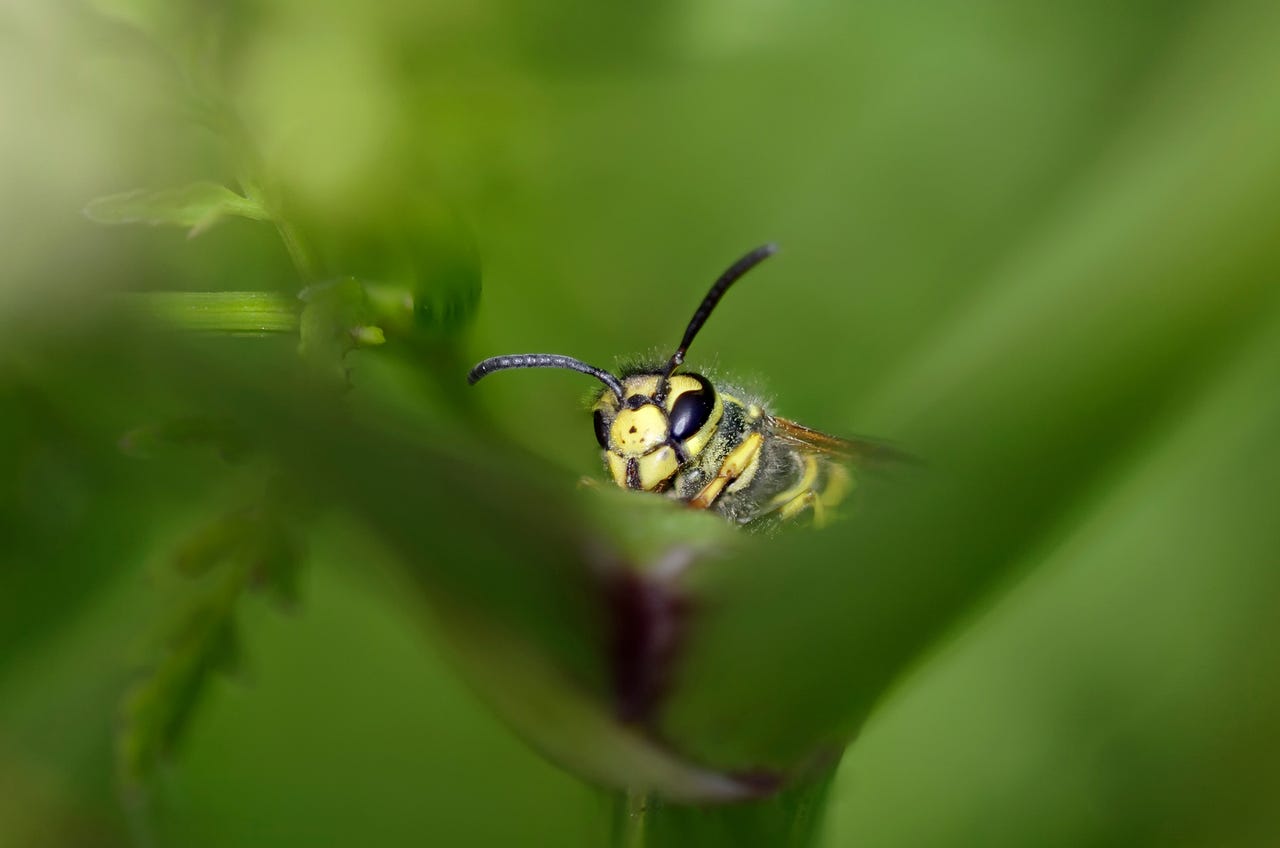Birds do it. Bees do it. Can drones do it?


Image: iStock
Nature can make our most advanced technology seem clunky and basic. Picture a drone attempting to navigate a pile of rubble during a search and rescue mission: it would likely bump in to a wall or two along the way, even if it were supervised by a human pilot.
In the same setting, an insect would gracefully swoop past obstacles in order to reach its destination. A research group at the University of Queensland, Australia, is studying the flying techniques of birds and bees in order to develop new navigation systems for Unmanned Aerial Vehicles (UAVs).
Engineers have spent years perfecting advanced sensors, radar, and GPS systems that help drones identify and reach their targets. Meanwhile, bees use multiple eyes, antennae, and tiny brains to travel to and from food sources miles away from their hives. "Birds, too, can perform incredible aerobatics and navigational feats," lead researcher Mandyam Srinivasan said in a statement. "These animals are clearly using simple and elegant strategies, honed by thousands of years of evolution."
Robotics
The researchers are comparing the flight patterns of flying insects and birds using high-speed cameras and 3D reconstruction. They aim to uncover some secrets of the animals' biology that can be replicated in drones. It was previously understood that the best way to fly was to gradually reduce speed when an upcoming obstacle was detected. Flying insects, for example, continuously adjust their speed based on optic flow, which is the apparent motion of the surrounding visual scenery.
Birds, on the other hand, fly at two basic speeds, cruising along quickly until they see an obstacle ahead. Then they abruptly switch to a slower pace that allows them to maneuver through tight spaces. A drone could adopt a similar technique, instantly slowing down when it identifies an obstacle in the flight path. Better yet, swarms of drones could use this new technique to travel together in a coordinated, intelligent effort.
Unfortunately, the most advanced vision system would be a bit excessive for today's drones, which are only allowed to fly in limited situations and must remain within a pilot's line of sight. It may take a while before commercial delivery drones are given enough freedom to take advantage of the latest technology, but until then, robotic birds and bees could be used for research, military, and rescue applications.
According to Srinivasan, "The biologically-inspired principles we uncover will foster a new generation of fully autonomous UAVs that do not rely on external help such as GPS or radar. These UAVs could be incredibly useful for applications like surveillance, rescue operations, defense, and planetary exploration."